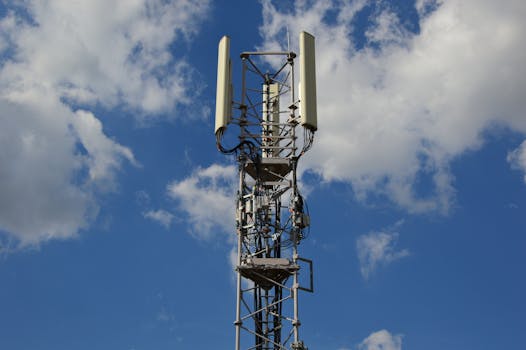
GEO satellites, or Geostationary satellites, are a type of satellite that orbits the Earth at an altitude of approximately 36,000 kilometers, remaining stationary relative to a fixed point on the equator. The Focus Keyword GEO satellites are used in a variety of applications, including television broadcasting, internet connectivity, and mobile communications. One of the primary advantages of GEO satellites is their ability to provide continuous coverage of a specific region, making them ideal for applications that require a high level of availability and reliability.
GEO satellites are equipped with transponders, which are devices that receive and retransmit signals. These transponders are used to amplify and redirect the signals to their intended destination, allowing for the transmission of data, voice, and video communications. The use of GEO satellites has become increasingly popular in recent years, with many telecommunications companies relying on them to provide services to their customers. In addition to their use in telecommunications, GEO satellites are also used in weather forecasting, navigation, and earth observation.
The technology behind GEO satellites is complex and involves a range of specialized systems and components. The satellites are typically launched into space using a rocket and then positioned in their final orbit using a combination of propulsion systems and gravitational forces. Once in orbit, the satellites are able to maintain their position using a system of thrusters and attitude control systems. The signals transmitted by the satellites are received by ground stations, which are equipped with large antennas and specialized equipment to decode and process the signals.
Applications of GEO Satellites
GEO satellites have a wide range of applications, including television broadcasting, internet connectivity, and mobile communications. They are also used in weather forecasting, navigation, and earth observation. The use of GEO satellites in television broadcasting has become increasingly popular in recent years, with many companies using them to transmit high-definition television signals to customers around the world. In addition to their use in television broadcasting, GEO satellites are also used to provide internet connectivity to remote and underserved areas, where traditional telecommunications infrastructure may not be available.
The use of GEO satellites in mobile communications is also becoming increasingly popular, with many telecommunications companies using them to provide services to their customers. The satellites are able to provide coverage to a wide range of areas, including remote and rural regions, where traditional mobile networks may not be available. In addition to their use in mobile communications, GEO satellites are also used in navigation and earth observation, providing critical data and imagery to scientists and researchers.
Benefits and Challenges of GEO Satellites
The use of GEO satellites has a number of benefits, including their ability to provide continuous coverage of a specific region, making them ideal for applications that require a high level of availability and reliability. They are also able to provide coverage to a wide range of areas, including remote and underserved regions, where traditional telecommunications infrastructure may not be available. However, the use of GEO satellites also has a number of challenges, including the high cost of launching and operating the satellites, as well as the risk of interference and signal degradation.
Despite these challenges, the use of GEO satellites is expected to continue to grow in the coming years, with many telecommunications companies investing heavily in the development of new satellites and ground stations. The use of GEO satellites is also expected to play a critical role in the development of new technologies, such as 5G and the Internet of Things (IoT). As the demand for satellite-based services continues to grow, it is likely that we will see the development of new and innovative applications for GEO satellites in the future.
Conclusion
In conclusion, GEO satellites play a crucial role in modern telecommunications, providing a wide range of services including television broadcasting, internet connectivity, and mobile communications. The technology behind GEO satellites is complex and involves a range of specialized systems and components. The use of GEO satellites has a number of benefits, including their ability to provide continuous coverage of a specific region, making them ideal for applications that require a high level of availability and reliability. However, the use of GEO satellites also has a number of challenges, including the high cost of launching and operating the satellites, as well as the risk of interference and signal degradation.




